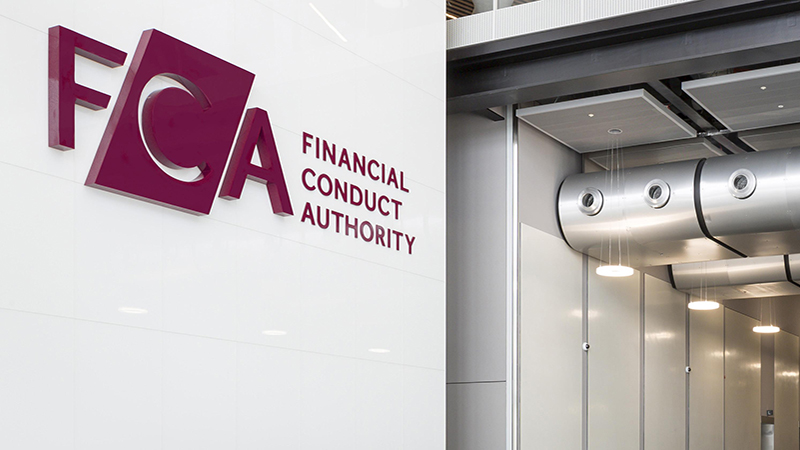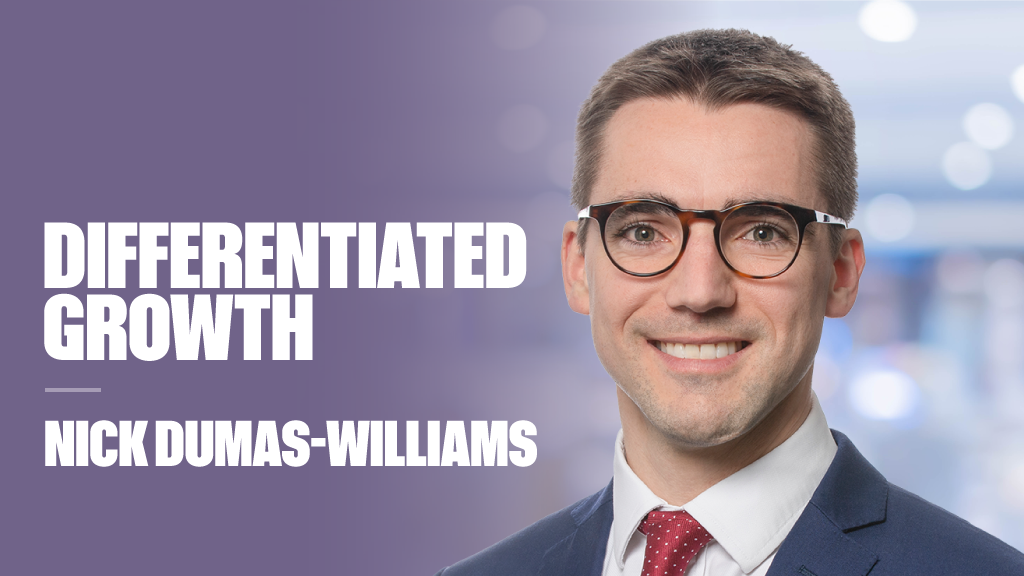Private equity trusts have made some of the highest market returns over the past decade and are projected to continue to significantly outperform, yet retail investors have shown little interest in the asset class. Only 10% of private equity trusts are owned by retail clients, with institutional buyers dominating the space at 80%, according to AIC data. This contrasts with the overall ownership of trusts, which is split evenly between the two.
Investors are missing a beat by overlooking the top-returning asset class, according to Global Managed Portfolio Trust manager Peter Hewitt. “When you speak to people about private equity trusts their eyes begin to glaze over,” he says. “They’re not as easy to sell as equity trusts, but I think that’s a missed opportunity.”
Private equity trusts are not as easy to understand as those investing in listed stocks, but investors need only look at the asset class’s returns to see the appeal. Some of the biggest names in the sector such as 3i Group, HG Capital and Oakley Capital are up a colossal 1,069.7%, 573.8% and 272.3%, respectively, during the past 10 years, outperforming not only the majority of trusts, but most open-ended funds, too.
And this outperformance is only expected to continue. Research from the Amundi Investment Institute forecasts private equity to deliver annualised returns of 8.2% over the next decade – the highest of any other asset class.
Fee-fi-fo-fum
So why have retail investors ignored these portfolio boosters? High fees may be the answer. The average private equity trust charges investors an ongoing fee of 1.8%, which is much higher than those investing in equities – especially passive vehicles. While this is less than ideal, Hewitt says their considerably higher returns make the loftier charges worthwhile.
“They do charge very high fees, but at the same time it’s much more costly to run a private equity trust than it is to run one that invests in listed equities – and their track records are phenomenal. You just need to look at the likes of Pantheon, HG Capital and Oakley, and they’re some of the best performers in the investment company sector. In fact, they’re some of the best performers on the London stockmarket, full stop,” he says.
Annabel Brodie-Smith, communications director of the Association of Investment Companies (AIC), points out that private equity trusts require much more specialist knowledge and thorough research compared with listed equity portfolios due to the opaque nature of the asset class.
However, these already-high fees are made to look worse by misleading cost disclosure rules, which double-count and artificially inflate costs. Resolving the deceptive regulation is a top priority for the AIC, which has already been lobbying the new Labour government for a solution, and has had meetings with economic secretary Tulip Siddiq.
Brodie-Smith notes the current cost disclosure rules are most detrimental to wealth managers and fund of funds, deterring them from allocating as much to private equity trusts as they might like. This view is echoed by Hewitt, who says keeping fees low is front of mind for many wealth managers – hence their avoidance of expensive trusts.
“If you’re a wealth manager, you might want to put your client into HG Capital, but you have your own costs to think about. The underlying costs on private equity trusts are horrendous, and you’re upping your own fees massively before you’ve even started,” he says.
“If you want lower costs, you can go down the ETF route of course, but just look at the performance of private equity. Now, I wish the costs were lower, too, but over the long run that’s where you make a lot of money because they’re exposed to phenomenally attractive assets that are growing.”
Read the rest of this article in the September issue of Portfolio Adviser magazine











